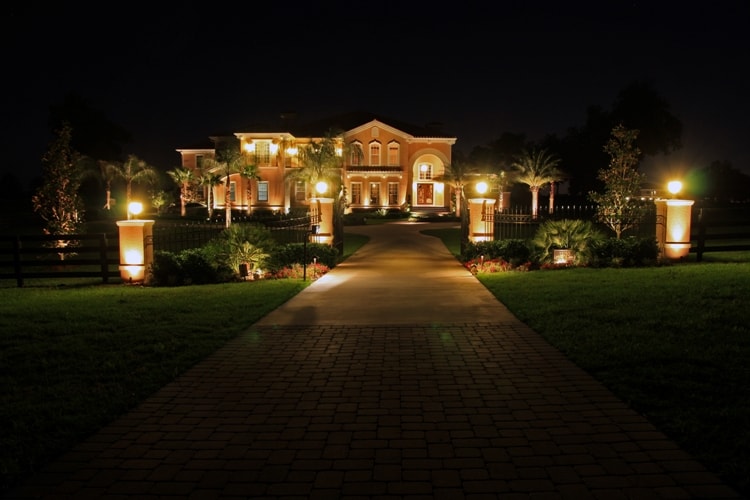The arrival of warmer temperatures signifies the arrival of spring, and patio season is quickly approaching. Spring is typically considered the best season to make changes to your patio because the ground becomes more flexible. There are countless ways to incorporate lighting into your patio’s design and landscape. However, an outdoor lighting transformer is one of the most important components of any patio.
Have you ever heard of the landscape light transformer There’s no need to be concerned. The skilled technicians from TJ’s Electrical have created a list of five essential things you need to learn regarding landscape lighting transformers to ensure your backyard is in good shape for the summer.
What is a Landscape Lighting Transformer?
The first thing to understand is what a landscape lighting transformer is. This device can be utilized to reduce the high electric current input to generate an electric current. It was designed to reduce the use of lighting for landscapes, which is why it’s called the Landscape Lighting Transformer. It can transform high voltages like 120 volts into very low levels of voltage, for example, 15 volts.
The lighting transformer is generally an autotransformer. This implies that this kind of transformer has only one winding.
Lighting transformers, on their own, are transformers that are utilized to control lighting. They are made to allow you to lower the voltage to levels suitable for lighting in homes.
Why Do I Need a Landscape Lighting Transformer?
If you’ve figured out the definition of what a landscape lighting transformer is, let’s look at the reasons why you should get it. The primary reason is to ensure that your landscape lighting will function correctly and continuously. In the case of lighting for your home, the majority of lights require between 120 and 200 volts. But, in the realm of lighting for landscapes, the majority of lighting requires a lesser energy. Lighting for outdoor use, especially lighting for gardens, requires about 12-15 volts for operation.
Landscape lighting is an essential element that ensures your landscape lighting is receiving the right amount of power required to run effectively.
Where Should My Transformer for Landscape Lighting Be Placed?
If you’re looking to hide your device to prevent it from affecting your yard’s aesthetic, here are some considerations to take into account when selecting the best spot for your gadget:
- Transformers must be placed in a well-ventilated area of the backyard, and away from sprays of direct water, since this is an electric device in the end.
- They must also be placed near the center of all lighting sources, since you do not want a lot of wires running from your transformer all over your backyard.
- It is suggested that transformers be placed at a minimum of 10 feet from your house to reduce the danger of fire to your house.
Once you know the meaning of a transformer and the best place to put it, you’re now able to figure out the one that is best for you. How do you select the best transformer? Here’s how to figure out the size of transformer you’ll require:
Light Fixtures and Total Wattage
In assessing the design of your backyard, you can determine the number of lighting fixtures you’ll require and also what the total wattage of the fixtures will be. For instance, if you have six landscape spotlights as well as one string light set, each of which has 7 watts, to be used in conjunction with six lights for pathways, which only need five watts each, your outdoor space requires 72 watts in total.
Keep in mind that it’s recommended to have a transformer run only up to 80% of its capacity. That means you’ll require a transformer that has at minimum at least 88 Watts.
In addition, it is important to be aware of the future possibilities to incorporate into your backyard. It should provide an exact estimation of the size that the power source you need.
How Long Do Transformers Last?
On average, when properly maintained and handled, a typical low-voltage landscape transformer will last between 20 and 25 years. While they could last longer with proper treatment but there is a possibility that the transformer will lose efficiency when it reaches its intended lifespan.
After you’ve got your outdoor improvements selected, all that’s left to do is to put in the transformer. Although you could try to install the transformer on your own but it is recommended that you seek out an experienced electrician to help you through the last steps. Their expertise can answer any concerns or questions that you might have and give you a peace of peace of mind regarding electrical security.





